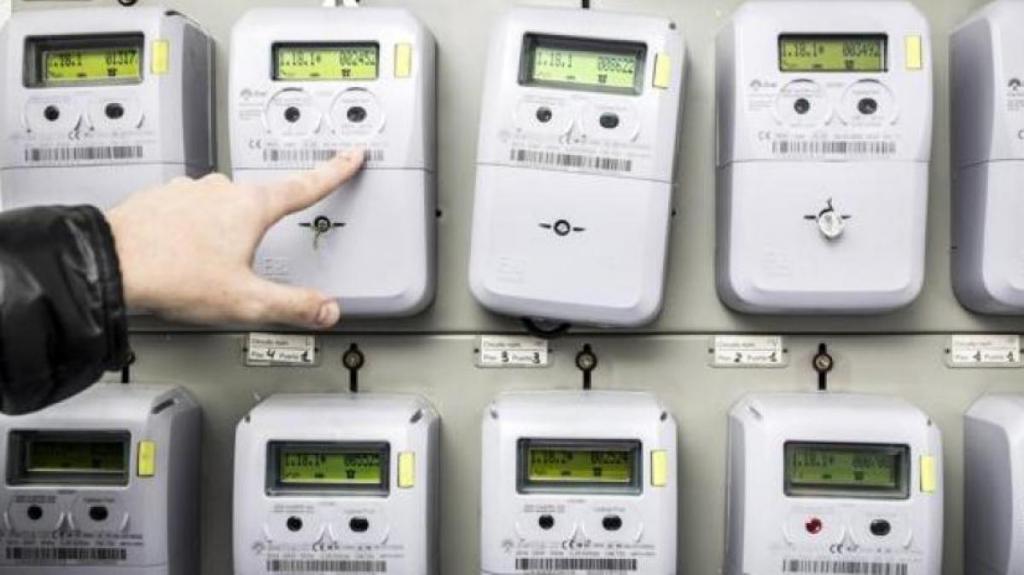Maximize Savings with Your Electricity Usage Schedule
Discover when to use energy-hungry appliances to maximize savings on your electricity bill and make smarter energy choices today.

Key Points
- Electricity prices fluctuate throughout the day, with significant savings possible by avoiding high-cost peak hours.
- Utilizing low-cost periods, such as 2 PM to 4 PM, can lead to substantial reductions in monthly energy bills.
- Monitoring and adjusting your electricity usage not only saves money but also supports sustainable energy practices.
In today’s world, managing household expenses is more crucial than ever, and one of the largest monthly expenditures for many is electricity. Understanding when to use appliances can lead to significant savings on your electricity bill. In this guide, we'll delve into the best and worst hours to save on electricity costs, utilizing key insights from recent data and trends.
The Dynamic Nature of Electricity Prices
Electricity prices are not static; they fluctuate based on demand throughout the day. The demand for electricity peaks during certain hours, typically early in the morning and late in the afternoon to evening. By being strategic about when you use power-hungry appliances, you can maximize your savings.
According to the Operator of the Iberian Energy Market (OMIE), data shows a striking contrast in electricity costs throughout the day. For instance, on Monday, February 24th, the average cost was 78.57 euros per megawatt hour (MWh), following a spike attributed to increased demand.

When is Electricity Most Expensive?
Understanding the high-cost hours can help you plan your schedule effectively. In fact, the hours between 7 AM to 10 AM and 6 PM to 11 PM typically see the highest prices due to peak usage times. For instance, the price during the hour from 7 PM to 8 PM was reported at a staggering 159.17 euros/MWh, showcasing just how much costs can surge.
Key high-cost hours to watch out for include:
Finding the Best Times to Save
On the flip side, strategic timing can lead to significant savings. The afternoon period from 2 PM to 4 PM has been identified as one of the best times, with prices dipping below 35 euros/MWh. This is ideal for operating high-consumption appliances such as washing machines and dryers. Leveraging these low-cost periods can drastically lower your monthly electric bill.
Here are some of the best low-cost hours you should consider:
Benefits of Monitoring Electricity Usage
Becoming aware of your electricity usage patterns is not only about saving money; it's also about sustainable living. By shifting our energy consumption to off-peak hours, we reduce the overall demand on electrical grids, especially during high-demand periods. This can contribute to lesser reliance on fossil fuels and enhance the usage of renewable energy resources!
Moreover, tracking your usage can also help identify appliances that may consume more energy. Simple adjustments, such as running the dishwasher or washing machine during off-peak hours can result in noticeable savings.
Embrace Change for Better Savings
In summary, keeping track of electricity rates and adapting your usage patterns can lead to significant cost savings on your monthly bill. By avoiding high-cost hours and utilizing the more affordable time slots, you can make smarter energy choices that benefit both your wallet and the environment. With a little bit of planning and awareness, taking control of your electricity expenses is entirely within reach.


